French-born Dominique Crenn opened Atelier Crenn in January 2011. Previously she was head chef at hotel restaurant Luce at the Intercontinental in San Francisco from 2008. Prior to that she worked in a number of Californian restaurants from the start of her culinary career in 1988, beginning with Stars under Jeremiah Tower. She also fitted in a brief stint heading the kitchen of the Intercontinental Hotel in Jakarta in the late 1990s, putting together an all-female kitchen team in that Muslim country. She was the first female chef in the USA to be awarded two Michelin stars (editor's note: the restaurant was later awarded a third star).
Atelier Crenn is her first solo venture, a modest dining room in the residential area known as Cow Hollow, just down from Pacific Heights. The dining room is informal, with no tablecloths, Lino floor and attractive lanterns. As will be seen, the cooking belies this simple setting, offering a choice of five courses at $95 or a tasting menu at $160. The tasting menu description was enigmatic, in the form of a poem written by the chef, each line of the poem representing a course. The menu (and the poem) changes with the seasons.
The wine list was relatively short at around 100 bottles on the published list, and allows customers to bring their own wines with corkage at a fairly modest $35 a bottle. Wines from their list ranged in price from $35 to $1,250 and included Diego de Lemos 2010 at $50 for a wine that retails at around $23, Stone Edge Farm Cabernet 2007 at $105 for a wine you can find in the shops for around $53, and Alter Ego de Palmer 2006 at $192 for a wine that will set you back about $74 in a shop.
The meal began with a cocoa butter shell with a liquid centre of pressed apple cider and topped with creme de cassis. This was refreshing, the apple flavour a good foil to the cocoa butter (17/20). Sea urchin (from nearby Mendocino county) pudding was served in a chilled broth made from liquorice, with bubbles of yuzu and a pearl of white chocolate. The sea urchin was of good quality, the liquorice flavour mercifully subtle, the citrus sharpness of the yuzu balancing the chocolate (16/20). Rye crisp bread appeared at this point, made from scratch in the kitchen and having a notable smoky flavour note (easily 17/20).
Alaskan king crab was served with a jelly of sake, Oscietra caviar, lime foam and a juice of wheatgrass and celery. The wheatgrass flavour, potentially quite disruptive, was very subtle, and the lime foam gave a nice acidic balance to the natural sweetness sofa the crab (16/20).
Lightly cured horse mackerel (imported from Japan) was served with tempura turnip, served with little slices of cucumber and chilli and a snow of coconut and coriander. I thought this dish was particularly successful, the different textures interesting, the horse mackerel working well with the hint of chilli, the tempura batter extremely light with the turnip bringing an earthy flavour note that worked well (18/20).
Soup of charred onion was poured around a Comte dumpling, with cider jelly, black truffle from Perigord and powdered Iberico ham, a little brioche on the side. This was a rich and lovely take on the classic French onion soup, the depth of flavour of the stock impressive, the hint of ham and truffle combined with the cheese lifting the dish from its humble origins to something sophisticated and enjoyable (18/20).
What appeared to be a little rock was served next, actually a cocoa butter shell covered in vegetable ashes with a rhubarb juice centre. Essentially a palate cleanser part way through the savoury courses, the visual trick of the rock presumably borrows from the similar Mugaritz pebble dish; perhaps the liquid content could have more interesting, though the simple rhubarb juice was pleasant enough (15/20).
The courses resumed with a series of grains: smoked buckwheat, fried quinoa and flack seeds, toasted sunflower seeds, toasted pumpkin seeds, served with trout roe and sturgeon pearls, with a paste of chilli and yuzu and finally a dashi broth. The blend of grain textures worked well, the hint of spice and acidity of the paste balancing the fish, the smokiness from the seeds nicely controlled (17/20).
Tartare of lamb and smoked freshwater eel from Japan was served with beef vinaigrette, horseradish flan, pieces of frozen blackberries and a crisp wild rice cracker. I liked the idea of the eel combining with the meat tartare, but I would have preferred bolder seasoning (6/10). Better was pine-scened meringue brûlée with pumpernickel crumb, basil soil, mixed pickled wild mushrooms and Perigord truffle. This was an intriguing dish, the sourness of the pickling quite strong, yet offset well by the sweetness of the meringue: bold flavours but in very precise balance (8/10).
Duck consommé was served alongside a little nest of "corn silk" (corn husk seasoned then dehydrated), with a puree of duck and corn that had been dipped in liquid nitrogen to make little spheres, with chocolate and porcini powder, wild rice and apple and vanilla purée. This was a complex dish but one that worked well, the technical trickery yielding interesting textures, but the core flavours of the duck and corn coming through well, the chocolate not dominating the dish and the apple providing a little welcome acidity (17/20).
Next a cylinder of aubergine was brought to the table, brushed with molasses, honey and spices and cooked over hot coals. Once ready, this was served with crisp of dehydrated tomato, potato crisps and a little sheep cheese. This unusual take on American barbecue worked well, the aubergine having a lovely smoky flavour and combining well with the other elements (18/20).
The final savoury course was seared squab breast served with parsnip and squid ink, sesame, seaweed salad and fumet beurre blanc. The pigeon had good flavour and the seasoning was bold, the beurre blanc having just the right level of vinegar (17/20).
Cheeses were in excellent condition, several French cheeses (such as Napoleon sheep milk cheese from the Pyrenees) with a single local cheese called Contralto from a producer called Andante in Petaluma. These were served with a good crisp bread made from chickpea flour.
A sequence of dessert courses started with a little tube of sugar cane compressed with yuzu juice. The citrus was refreshing, but the sugar cane had a stringy consistency that I didn't think worked well (14/20). Next was chilled water infused with cedar wood. This did nothing for me, and perhaps smoke on the water is best left to heavy metal bands.
Next was eucalyptus scented ice dream. Eucalyptus is an extremely powerful flavour and I found it much too strong here; the texture was fine but the eucalyptus needed to be dialed down several notches (13/20). This was followed by a little cup of tea made from spices and butternut squash, which was served alongside a spiced brioche with celeriac ice cream and a walnut liquor topped with apples, butternut squash and pumpkin seeds. This was a much more successful dessert, the brioche having good texture, the walnut flavour excellent (perhaps 6/10). Particularly good coffee was served with a few mignardise: guava jelly, passion fruit marshmallow, salted caramel made using Malden sea salt, and a nougat of pistachio, almond and cherry.
Service was superb, the staff enthusiastic and highly knowledgeable about the dish elements and their preparation, the sommelier very good. The bill came to $395 (£191) with a series of glasses of wine (not the prepared pairing), which is certainly a chunk of change. However there was clearly a tremendous amount of thought and effort put into the dishes. If you went for the five course option with modest wine then the bill would come to around $150 all in.
I thought that the savoury courses showed a blend of modern technique founded on a strong classical culinary foundation. You need the core classical training to be aware of which culinary rules can be bent and adapted successfully to a modem style, and Dominique Crenn clearly has this solid bedrock of skill. The balance of the dishes was excellent, with the best courses really original and enjoyable, references to the flavours of the chef's native country coming consistently through the modern culinary treatment. I didn't find the dessert stage anywhere near as coherent, but I really liked the savoury dishes here. Overall this was thoughtful and generally very enjoyable cooking.




























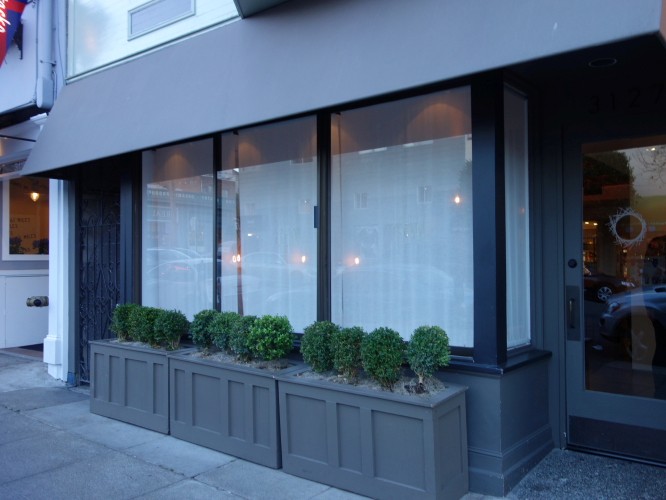

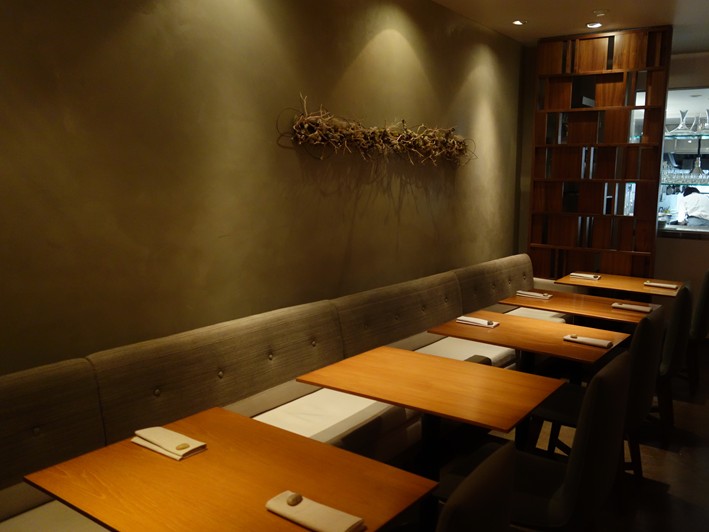
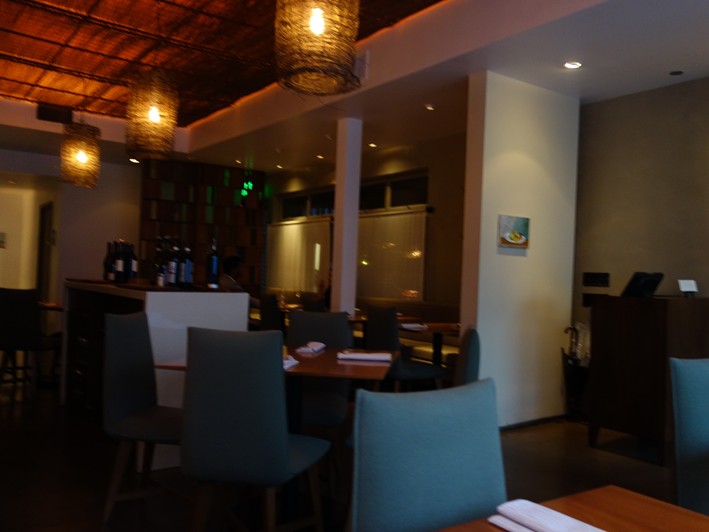
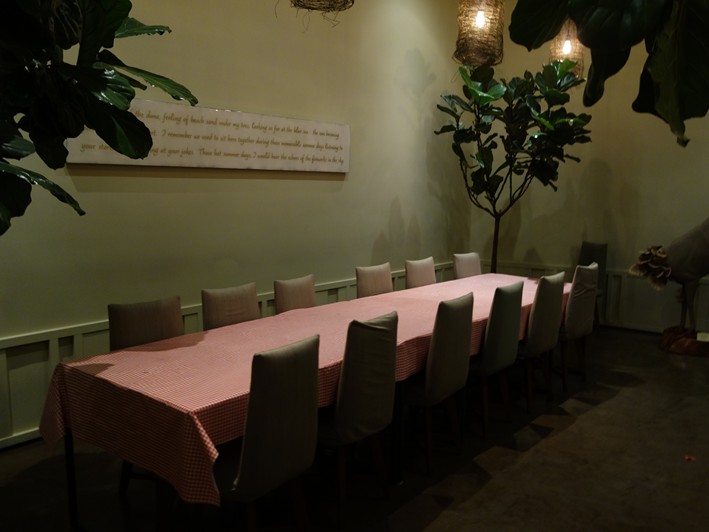
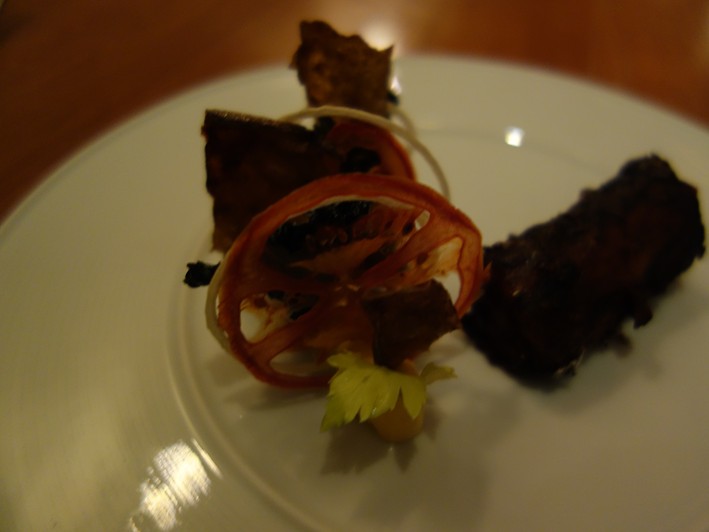


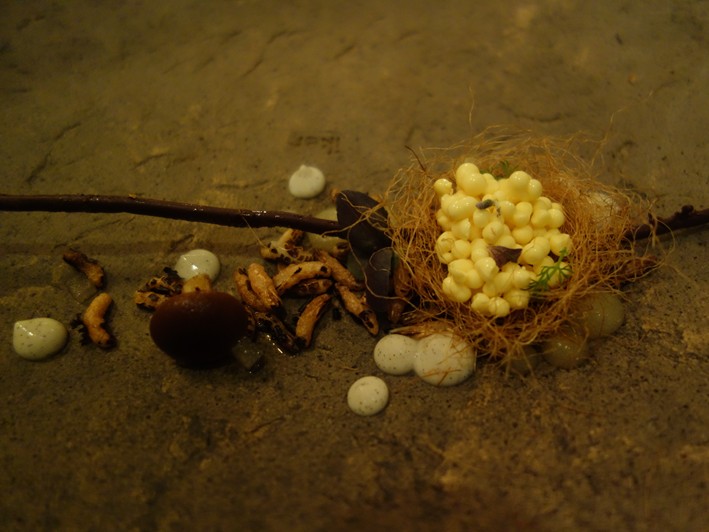
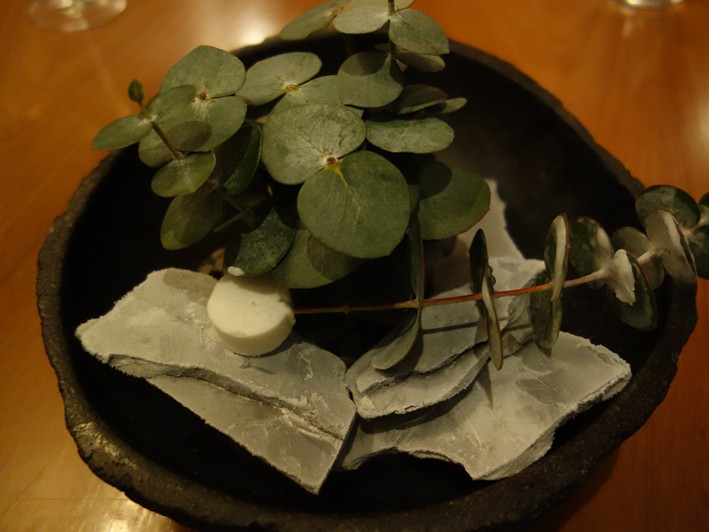
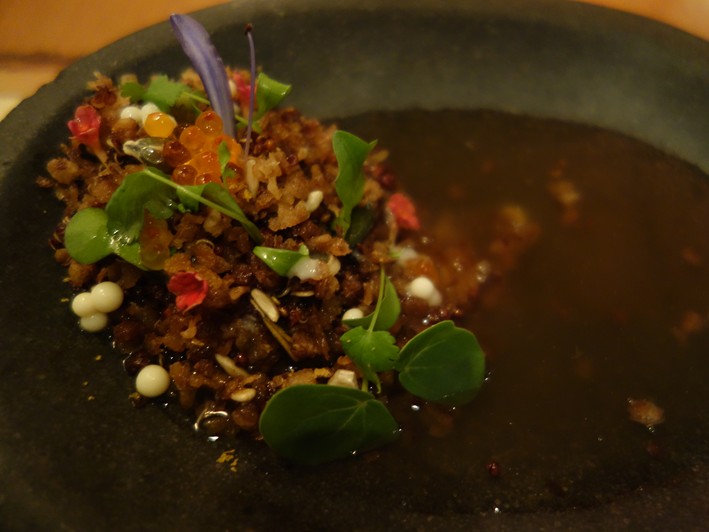
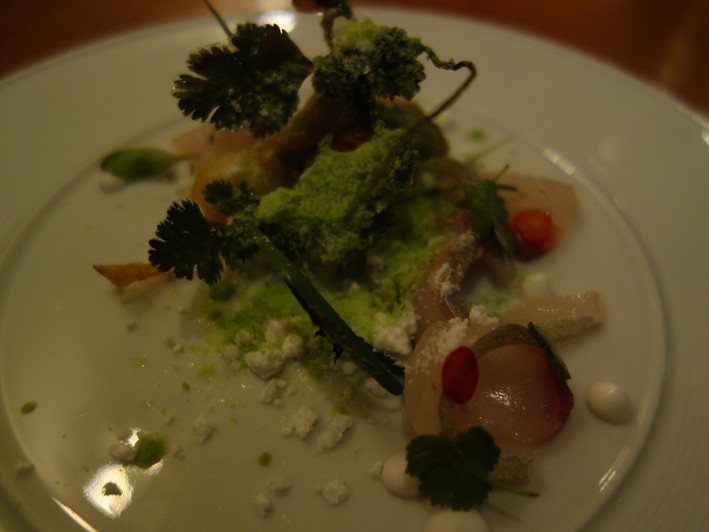

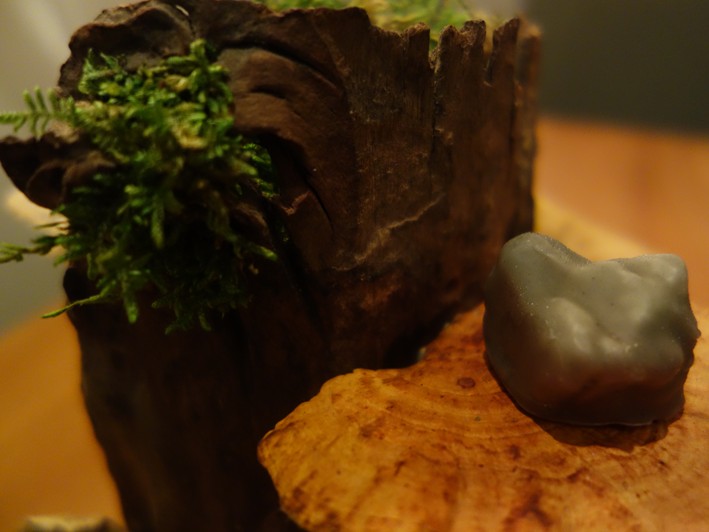
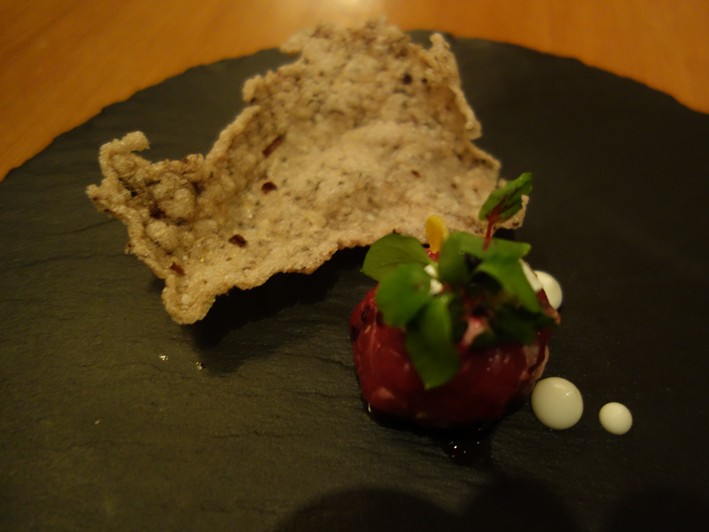
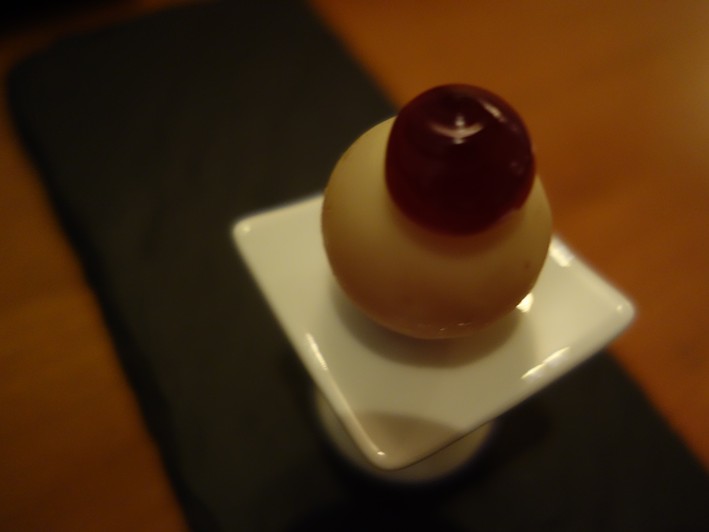

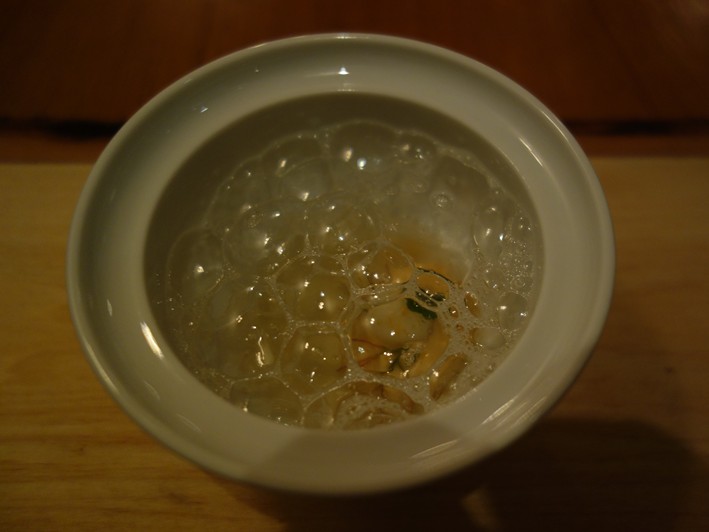
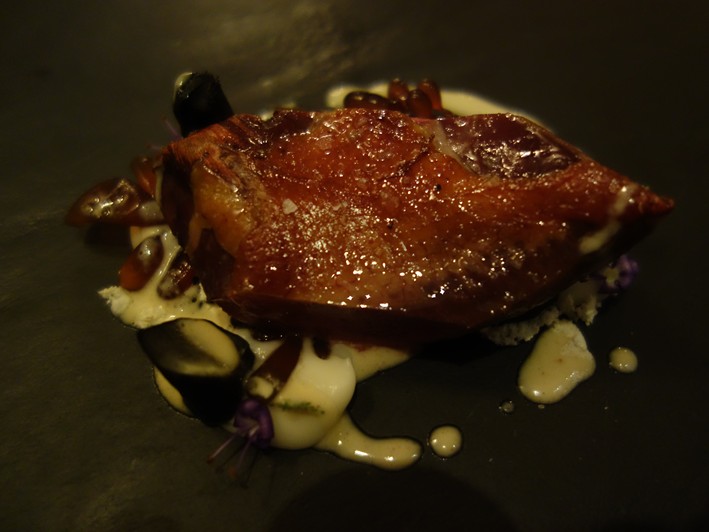
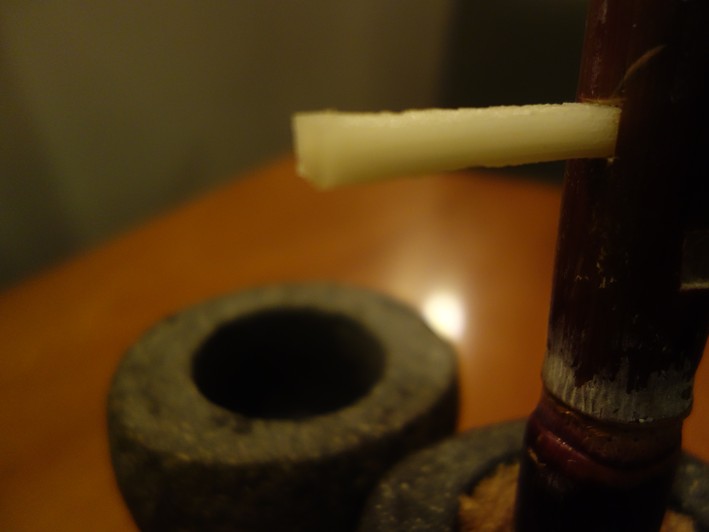



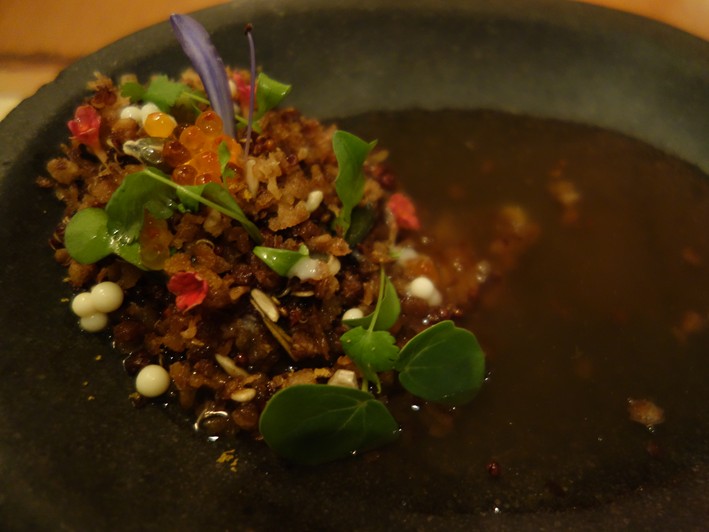
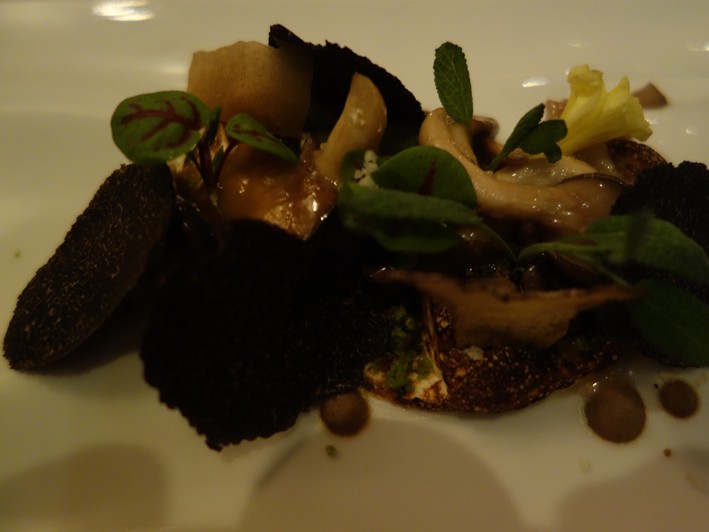

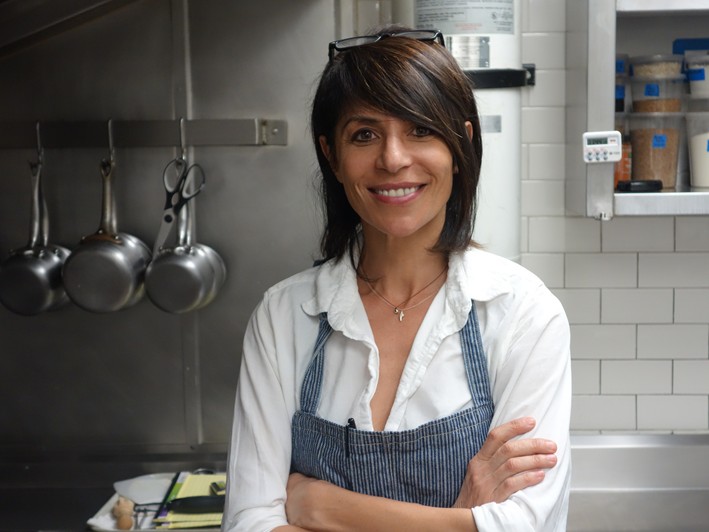

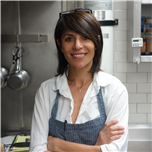
Add a comment
Thank you for submitting your comment, this will be checked and added to the website very soon.
User comments